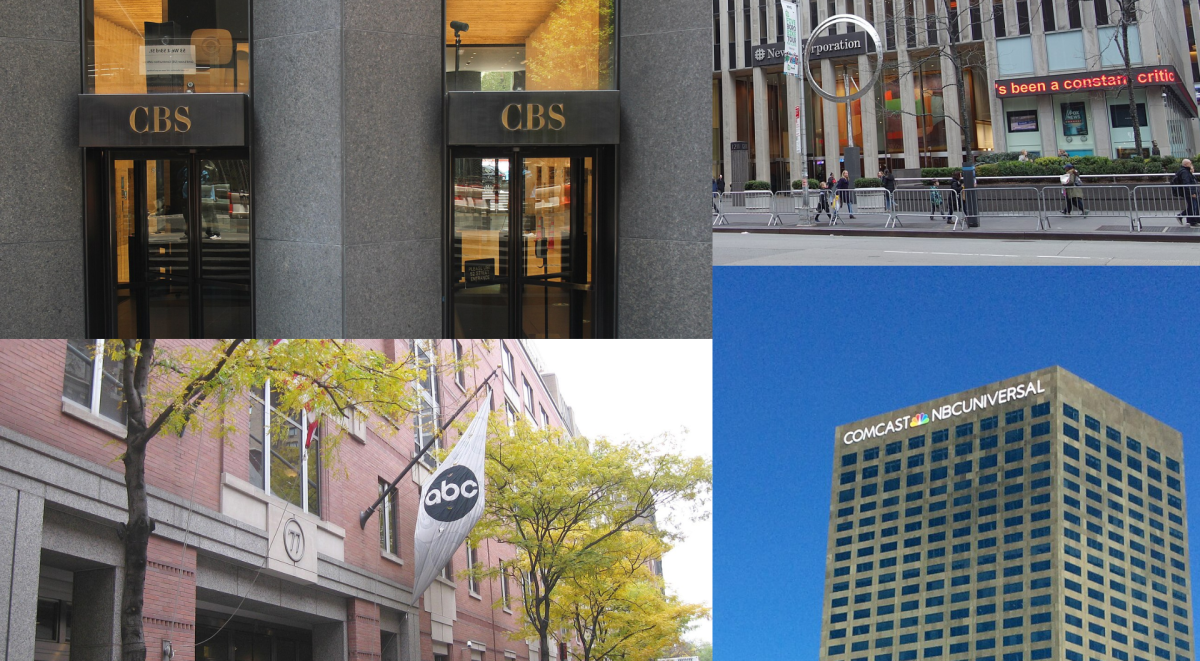On Aug. 8, 2023, the Maui County government reported a Kula brush fire, and that brush fire eventually became what is now known as the Maui Wildfires- the deadliest U.S. wildfire since 1918, according to Reuters, a news organization. 66 people are still missing and 115 are confirmed to have died. Wildfires aren’t a rare sight in Hawaii. A big portion of Maui suffered and still stuffers from a severe drought and 80% of Hawaii in general was abnormally dry, which meant that it was easier for plant life to catch on fire, according to the BBC. With the additional hurricane winds from Hurricane Dora, which fanned the flames, and that rainfall has decreased compared to a century ago in 90% of Hawaii, a wildfire was bound to happen. Yet, despite all of this, tourists still flock to Hawaii, ignoring the wildfires that have devastated people’s lives and real estate speculators try to buy land from Maui residents.
The History of Hawaii and Colonialism
Hawaii was first discovered and settled by Polynesian voyagers from the Marquesas islands around 400 C.E, according to the Smithsonian. They were skilled at fishing, farming and lived together and were ruled by chieftains. Sometimes they would battle for territory. The Hawaiian islands were also full of water, wetlands, breadfruit trees, taro, fishponds and an abundance of biodiversity, according to the Guardian. However, their world started to change when American traders exploited their sandalwood in the 1700s, and in the 1830s they came back as the sugar industry was introduced and well established, along with Christian missionaries, according to History.com. With the arrival of these concepts, Hawaiians’ lives were quickly changed as their authority of their land was taken as their water was depleted from their rivers, their biodiversity diminished and was turned into “tinderboxes” by American and also European settlers in order to turn a profit.
The consequence of this was an increased chance of wildfires. The carefully cultivated and cared for biodiversity and native plants native Hawaiians once had was turned into sugar and pineapple plantations, which essentially dehydrated Hawaii as these crops needed a lot of water and this was only at the discretion of plantation owners, not natives. Also, water wells were poisoned by the use of pesticides on pineapple fields and guinea grass, an invasive species which is extremely flammable, were also introduced to the islands by settlers. Some corporations that were responsible for these plantations in Hawaii were Alexander & Baldwin and Maui Land & Pineapple Company.
The private property law in 1848 named “The Great Mahele” which allowed for private property only caused further issues as developers hoarded water. It also created oligarchies, which led to the U.S. backed 1893 overthrow of the Hawaii monarchy by these plantation owners and capitalists. In place of the former Queen Liliuokalani, Sanford Ballard Dole, became the first governor. In 1887, following treaties with the U.S, Pearl Harbor was built and a new constitution was created, but the Queen of Hawaii didn’t approve of this and created a constitution that boosted her authority.
Native Hawaiians were then ravaged by the tourism industry, as costs boomed, which left native Hawaiians out of luck as they couldn’t afford to live in the place they once called home and had to move, according to the Seattle Times. Their culture was sold and commodified to tourists by corporations as the problems and tensions in Hawaii were ignored to make a perfect experience for the tourist, according to a Cambridge University article. More native Hawaiians live in the continental U.S. than in their actual islands, according to the 2020 Census, as native Hawaiians only account for 0.2 percent of the total population in Hawaii. More recently, land grabs by real estate speculators threaten the culture and heritage of Hawaiians according to Reuters, creating many problems as a lot of the residents’ homes have cultural significance to them. Many Hawaiians also don’t have insurance. According to Hawaii News Now, 15% of all Hawaiian residents are also under the poverty level and 44% are under ALICE, which are those who cannot afford a basic household budget. Native Hawaiians are mostly affected by poverty, as 27% of native Hawaiian residents are in poverty.
With climate change, it’s clear how the conditions of the wildfires were perpetuated, as flammable invasive species, dry conditions due to intensive farming and lack of biodiversity all contributed to these problems.
What’s the current situation?
While the wildfires may have only happened a month ago, people are still suffering from it. At Robinson Secondary, Geospatial Analysis students have created a map swipe of the before and after of the Lahaina fire, which highlights very well how much devastation the wildfires have brought. As of now, according to the New York Times, Governor Green said that displaced residents are living in hotels and Airbnbs and that they will also be receiving rental assistance, which will last for 18 months. This is very important as according to Honolulu Civil Beat, the fire has destroyed at least 2,200 structures and more than half of those structures were homes. Many nonprofit disaster relief organizations are also providing meals, health care, counseling and financial aid to the affected residents as well. The Hawaiian Tourism Authority is also encouraging travel to Maui, but respectfully and not in Lahaina or West Maui, where they were most affected by the fires. Though, nonessential travel to West Maui will be discontinued on October 8, which was signed in an emergency proclamation on Sept 8 by Governor Green. There is still debate on what caused the fires however- experts say that active power lines could have fallen and ignited the fire and Maui county has filed a lawsuit against Hawaiian Electric on behalf of the victims for allowing this to happen. However, chief executive of Hawaiian Electric, Shelee Kimura, denies the lawsuit. Bradley Webster, a Geospatial Analysis and Geosystems teacher at Robinson commented, “Well, for Lahaina something like 70% of all the structures were destroyed. Hundreds of people’s lives were lost, so there is a lot of human impact there more so than just some of the like Colorado and California and Canada wildfires where you had huge swaths of natural vegetation [destroyed], which biologically would create renewal processes- succession is what we call that, and the people will have succession- so somebody will go in and they’ll clean up and rebuild. He continued, “Some of that has been started already. There are some deceitful people who’ve gone in and started buying up properties and whatnot, but hopefully there’s not much of that. We’ll have to see what the town does- do they rebuild exactly the way it was, or do they do things a little bit differently? It’s going to need to be pretty much a redo.”
What does Robinson Think About the Maui Wildfires?
While Robinson may be an eleven hour flight away from Maui, many Robinson students and teachers are aware of the wildfires and its aftermath that are affecting Maui people right now. Junior Cecilia Younger said, “It could be temperature, maybe heat. If people were in like the natural aspects of Maui and they didn’t put out fires and say if they went camping or created fires- It probably could spread.” Webster also said, “Well, [the fire] got big because more than likely that everything was pretty dry. I don’t know exactly how much rain they’ve had in the last few years, but it was probably pretty dry.” He continued, “Then again, with the hurricane off the coast, it just had excessive wind just kept blowing and blowing and blowing, and it kept adding more oxygen to the fire and kept pushing it further into town and that gave it more things to catch on fire.” Webster also said on prevention, “If it was a power line that sparked it, then, in hindsight, could this have been prevented with better maintenance of your electric lines? Absolutely. I don’t think this one was done purposefully per say so could it be prevented? Possibly. Was it intentional?” He added, “Probably not, but once it got started, there’s pretty much nothing they could have done right, like because of those hurricane winds, I think it got started and then got big real fast. I know there’s been some things in the news about whether they should have blown the tsunami whistle to alert people but a tsunami is different than a wildfire, so I’m not sure what the right answer was. They probably should have evacuated sooner than they did to at least spare people’s lives, but the likelihood of stopping the actual destruction of property and facilities [from the wildfire] was probably [unlikely] Strong hurricane winds- you’re not stopping those.”
Regarding the topic of tourism on the islands, Cecilia said, “I think that as long as you respect the island and the people that inhabit it every day, it should be okay [to visit], but I think that if you’re not willing to put in the work to take care of the island [then you shouldn’t go].”
Students at Robinson seem to also believe that the relief funds have been pretty effective in terms of aid. Cecilia said, “I’m not really updated on what reliefs are being done but I definitely believe that other states or other foreign governments should be helping.” She continued, “Even if it affects a different group of people, which would still help people and so I do think that there should be relief given to those people there.” She also said, “So I definitely think that the wildfire is probably something that we take into bigger consideration, especially with the aftermath of the wildfires and the harm caused to the environment that people nearby and especially with the smoke there could be health issues. The damage of the natural resources there could be harmful, especially for the people that rely on them, so I definitely think it should be monitored by the people that live on Maui or maybe other places if they need help with that.”
How to Help The Maui Fire Victims
There are plenty of ways to help Maui Fire victims, even right now. The Honolulu Civil Beat organization in their article recommends cash donations to various organizations, donating food in person and of course online, and there’s more information about that in their article about how to help. Even though the fire itself is over, the trauma and destruction the Maui fire caused will not go away for a very long time.
It’s important to remember the colonial history of Hawaii and how its history contributed to the wildfires and the general dryness of the islands. While Hawaii may not return to its pre-colonial historical roots in a long time, it is important to remember then and also the impact that colonialism rooted in greed and imperialism has had an effect on the island and affects it today through the dryness of the islands. Hawaii may not be what it once was, but it is still a beautiful place full of love and culture. It’s also important to remember the impact of the tourism industry on the islands and the locals and remember and support those who have been there first- the native Hawaiians.





























